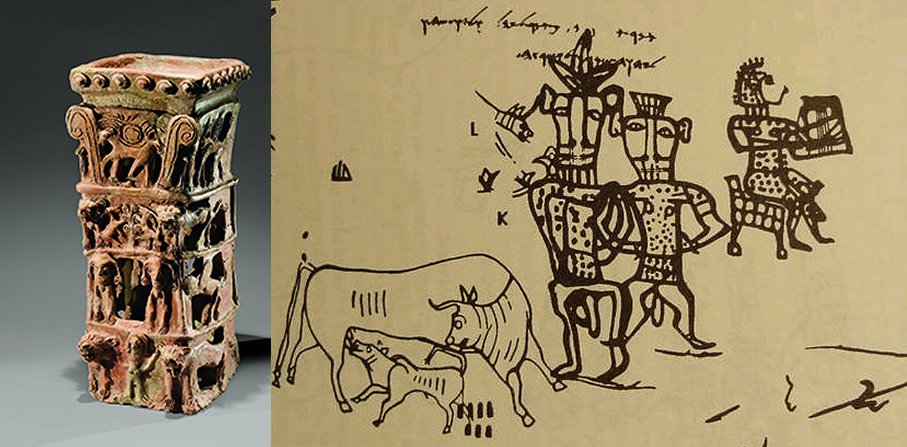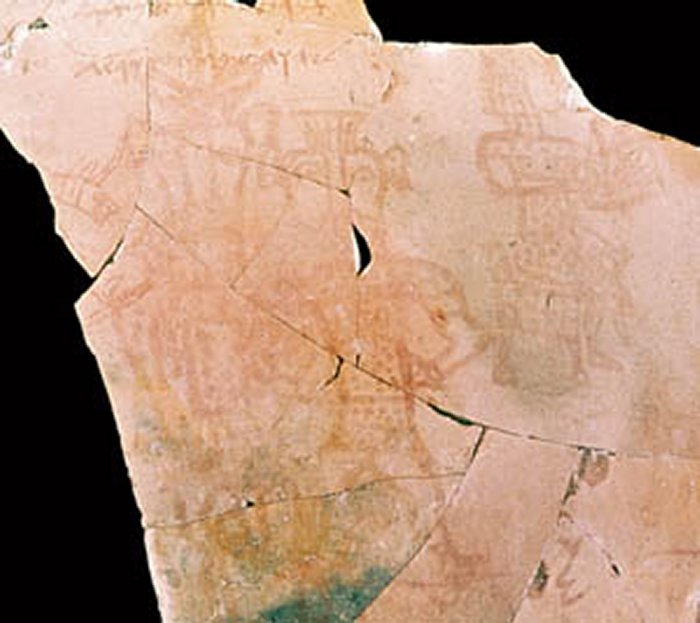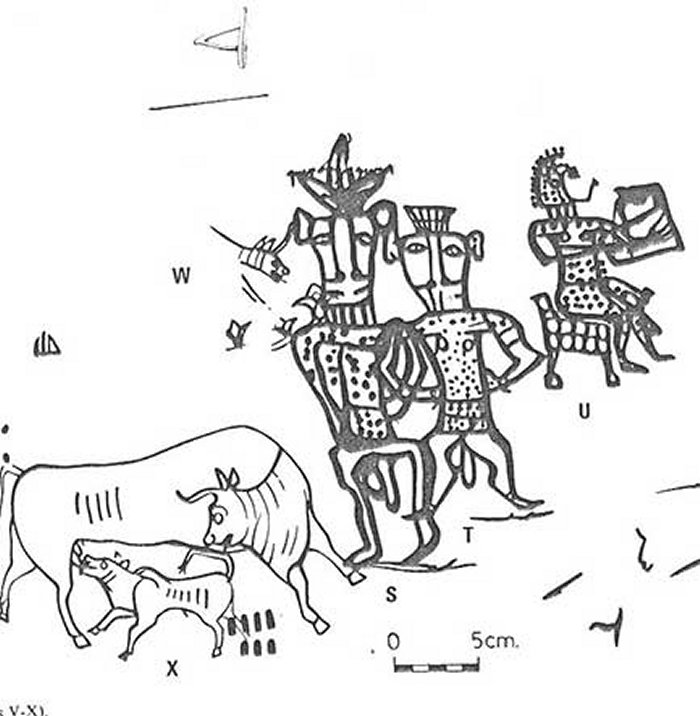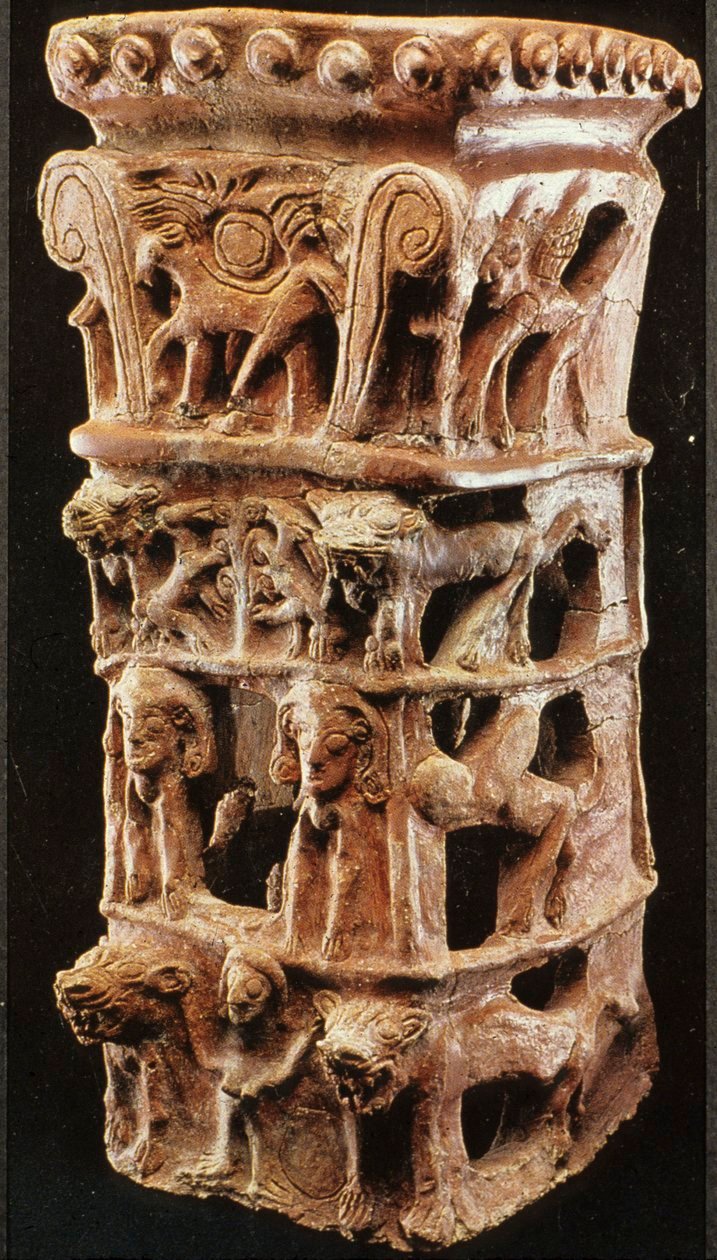Ancient ‘Yahweh And His Asherah’ Inscriptions At Kuntillet ‘Ajrud Remain An Unsolved Biblical Mystery
Ellen Lloyd - AncientPages.com - An ancient drawing and curious inscriptions discovered at Kuntillet ‘Ajrud in the Sinai Desert are intriguing Biblical mysteries that still remain unsolved.
Biblical scholars, historians, and archaeologists have long debated whether the figures found on an ancient drawing storage jar depict Yahweh and his Asherah or someone else.
In 1975, while excavating at Kuntillet ‘Ajrud archaeologists unearthed unique artifacts. Among them were two large pithois, or storage jars, that weighed about 30 pounds each.
“Yahweh and his Asherah” is written across the top of this eighth-century B.C. drawing on a ceramic pithos, or storage jar, from Kuntillet ‘Ajrud in the eastern Sinai. Image credit: Dr. Ze’ev Meshel and Avraham Hai/Tel Aviv University Institute of Archaeology.
Reconstruction of the ancient jars revealed they were painted with animals, symbols, humans, deities, and several inscriptions. It is believed the drawing were made over a considerable period and by several different artists. The iconography is entirely Syrian/Phoenician and lacks any connection to the Egyptian models.
The inscriptions are mostly in early Hebrew with some in the Phoenician script. Many of the inscriptions are religious in nature, invoking Yahweh, El, and Baal.
What created an intense debate are the inscriptions that include the phrases "Yahweh of Samaria and his Asherah" and "Yahweh of Teman and his Asherah.
Who or what was Asherah? The answer to this question depends on scholars’ interpretation of Asherah in relation to Yahweh.
Painted on a jar found in Kuntilat Ajrud in the Sinai Peninsula. Image credit: Unknown Jewish merchant - Public Domain
Some scholars make a distinction between Asherah the goddess and Asherah as a cultic object (sacred pole).
Asherah was a pagan goddess. Was she God’s wife? The term “asherah” is mentioned 40 times in the Bible. It means in Hebrew “happy” or “upright” and some suggest “(sacred) place.”
This four-tiered cult stand found at Tanaach is thought to represent Yahweh and Asherah, with each deity being depicted on alternating tiers. Photo: © The Israel Museum, Jerusalem/Israel Antiquities Authority (photograph by Avraham Hay).
This means that the text on the inscription found at Kuntillet ‘Ajrud can be a reference to a particular goddess, a class of goddess, or a cult symbol used to represent the goddess.
The problem with the inscription on the pithoi becomes even greater because of the drawing depicting two figures that scholars have identified as the Egyptian god Bes, which is in fact a collective name for a group of dwarf deities.
The two figures appear to be depictions of two males and not a drawing of God and his goddess wife.
It is believed that the image was drawn after the inscription was written, so the two may be completely unrelated.
The ancient inscription and the drawing are still subject of a lengthy scholarly discussion as to whether and how the inscription should be interpreted; that is, together with the drawings or independently.
Written by Ellen Lloyd – AncientPages.com
Copyright © AncientPages.com All rights reserved. This material may not be published, broadcast, rewritten or redistributed in whole or part without the express written permission of AncientPages.com
Expand for referencesMore From Ancient Pages
-
 Sacred Artifact With Mystical Powers – The Discovery – Part 2
Ancient Mysteries | Apr 26, 2019
Sacred Artifact With Mystical Powers – The Discovery – Part 2
Ancient Mysteries | Apr 26, 2019 -
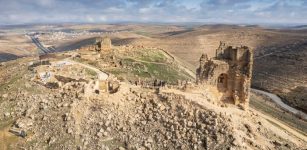 What Are The Huge Ancient Structures Beneath The Zerzevan Castle Discovered By Radar?
Archaeology | Sep 9, 2023
What Are The Huge Ancient Structures Beneath The Zerzevan Castle Discovered By Radar?
Archaeology | Sep 9, 2023 -
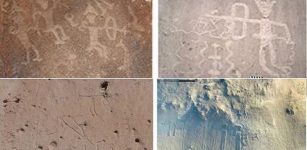 Evidence Of 10,000 Years Of Violent Conflict Among The Hunter-Gatherer Societies In The Atacama Desert
Archaeology | Oct 2, 2023
Evidence Of 10,000 Years Of Violent Conflict Among The Hunter-Gatherer Societies In The Atacama Desert
Archaeology | Oct 2, 2023 -
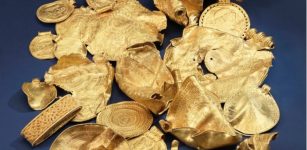 Vindelev Treasure – Surprising Evidence Of Nordic Connection With The European Iron Age Elite
Archaeology | Apr 9, 2024
Vindelev Treasure – Surprising Evidence Of Nordic Connection With The European Iron Age Elite
Archaeology | Apr 9, 2024 -
 Ancient Mystery Of The Before – Time People – Evidence Of Unknown Advanced Prehistoric Technology – Part 2
Ancient Mysteries | Apr 5, 2019
Ancient Mystery Of The Before – Time People – Evidence Of Unknown Advanced Prehistoric Technology – Part 2
Ancient Mysteries | Apr 5, 2019 -
 Only One In Four Western Roman Emperors Died Of Natural Causes
Archaeology | Oct 15, 2021
Only One In Four Western Roman Emperors Died Of Natural Causes
Archaeology | Oct 15, 2021 -
 Impact Of European Contact With Pacific Islands Was Devastating – New Study Reveals
Archaeology | Sep 30, 2022
Impact Of European Contact With Pacific Islands Was Devastating – New Study Reveals
Archaeology | Sep 30, 2022 -
 Callanish Stone Complex: Sacred Place On The Isle Of Lewis In Scotland
Civilizations | Nov 26, 2018
Callanish Stone Complex: Sacred Place On The Isle Of Lewis In Scotland
Civilizations | Nov 26, 2018 -
 Home Of The Gods – Arrival Of Golden Ships – Part 1
Ancient Mysteries | Jun 12, 2018
Home Of The Gods – Arrival Of Golden Ships – Part 1
Ancient Mysteries | Jun 12, 2018 -
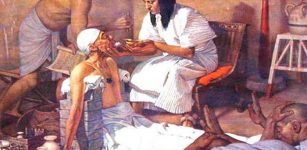 Ancient Egyptians Had The First Governmental Health Care System
Ancient History Facts | Jul 6, 2018
Ancient Egyptians Had The First Governmental Health Care System
Ancient History Facts | Jul 6, 2018 -
 Bacteria Found In 4,000-Year-Old Human Molars Found In Cave – Responsible For Tooth Decay And Gum Disease – New Study
Archaeology | Mar 30, 2024
Bacteria Found In 4,000-Year-Old Human Molars Found In Cave – Responsible For Tooth Decay And Gum Disease – New Study
Archaeology | Mar 30, 2024 -
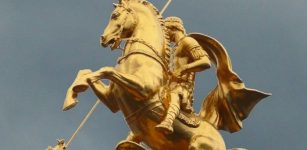 Saint George: Knight Warrior Who Refused To Denounce His Faith And Died A Martyrs Death
Featured Stories | Jun 3, 2019
Saint George: Knight Warrior Who Refused To Denounce His Faith And Died A Martyrs Death
Featured Stories | Jun 3, 2019 -
 Unusual Biblical Cloud – What Was This Perplexing Atmospheric Phenomenon?
Ancient Mysteries | Feb 22, 2019
Unusual Biblical Cloud – What Was This Perplexing Atmospheric Phenomenon?
Ancient Mysteries | Feb 22, 2019 -
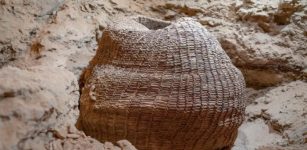 Perfectly Preserved 10,500-Year-Old Basket Found In Muraba’at Cave
Archaeology | Mar 18, 2021
Perfectly Preserved 10,500-Year-Old Basket Found In Muraba’at Cave
Archaeology | Mar 18, 2021 -
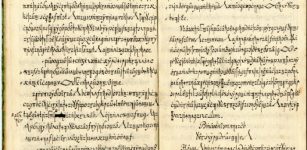 Copiale Cipher – Secrets Of Mysterious Coded Manuscript And The Oculist Order
Artifacts | Feb 4, 2019
Copiale Cipher – Secrets Of Mysterious Coded Manuscript And The Oculist Order
Artifacts | Feb 4, 2019 -
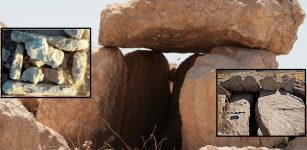 5,500-Year-Old Ceremonial Site Of Murayghat Discovered in Jordan
Archaeology | Oct 17, 2025
5,500-Year-Old Ceremonial Site Of Murayghat Discovered in Jordan
Archaeology | Oct 17, 2025 -
 Remains Of An Ancient Seaport In Asini, Greece Discovered By Underwater Archaeologists
Archaeology | Mar 12, 2025
Remains Of An Ancient Seaport In Asini, Greece Discovered By Underwater Archaeologists
Archaeology | Mar 12, 2025 -
 Ancient Desert Mystery – Did Thousands Vanish Without A Trace Because Of An Ominous Prophecy And Revenge?
Ancient Mysteries | Nov 28, 2022
Ancient Desert Mystery – Did Thousands Vanish Without A Trace Because Of An Ominous Prophecy And Revenge?
Ancient Mysteries | Nov 28, 2022 -
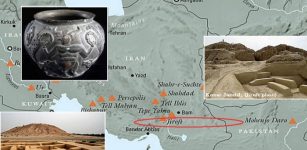 Archaeologists Survey Bronze Age Konar Sandal Site In Southeast Iran
Archaeology | Feb 17, 2021
Archaeologists Survey Bronze Age Konar Sandal Site In Southeast Iran
Archaeology | Feb 17, 2021 -
 8-Million-Year-Old Jaw May Offer Evidence Humans Evolved In Europe Instead Of Africa – Controversial Theory Suggests
Archaeology | Apr 24, 2019
8-Million-Year-Old Jaw May Offer Evidence Humans Evolved In Europe Instead Of Africa – Controversial Theory Suggests
Archaeology | Apr 24, 2019

